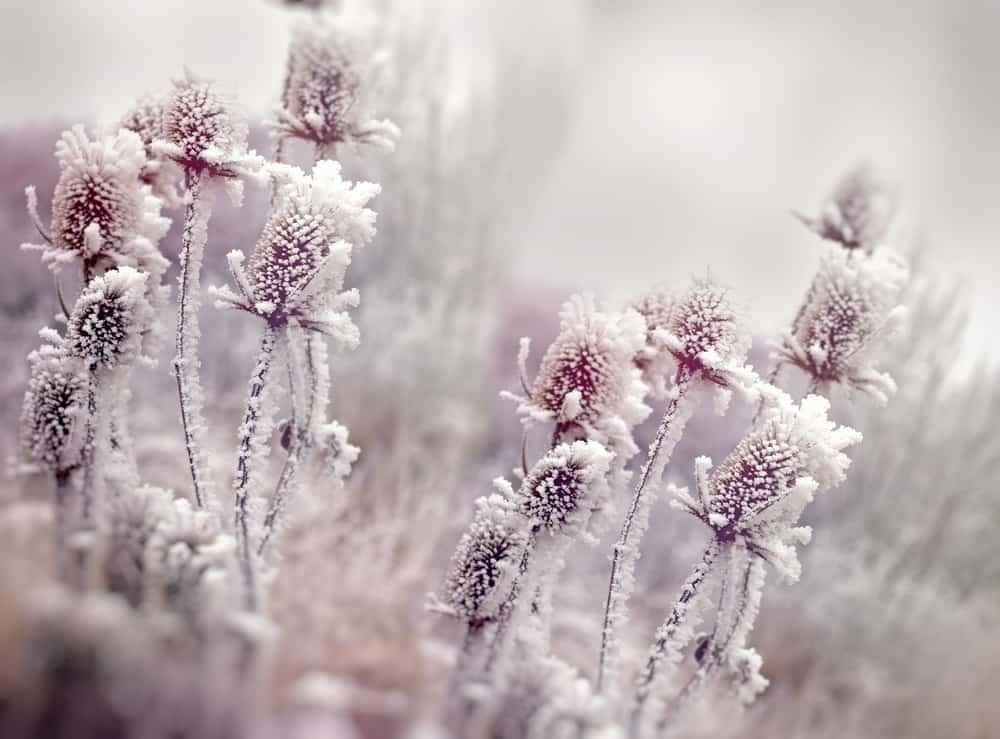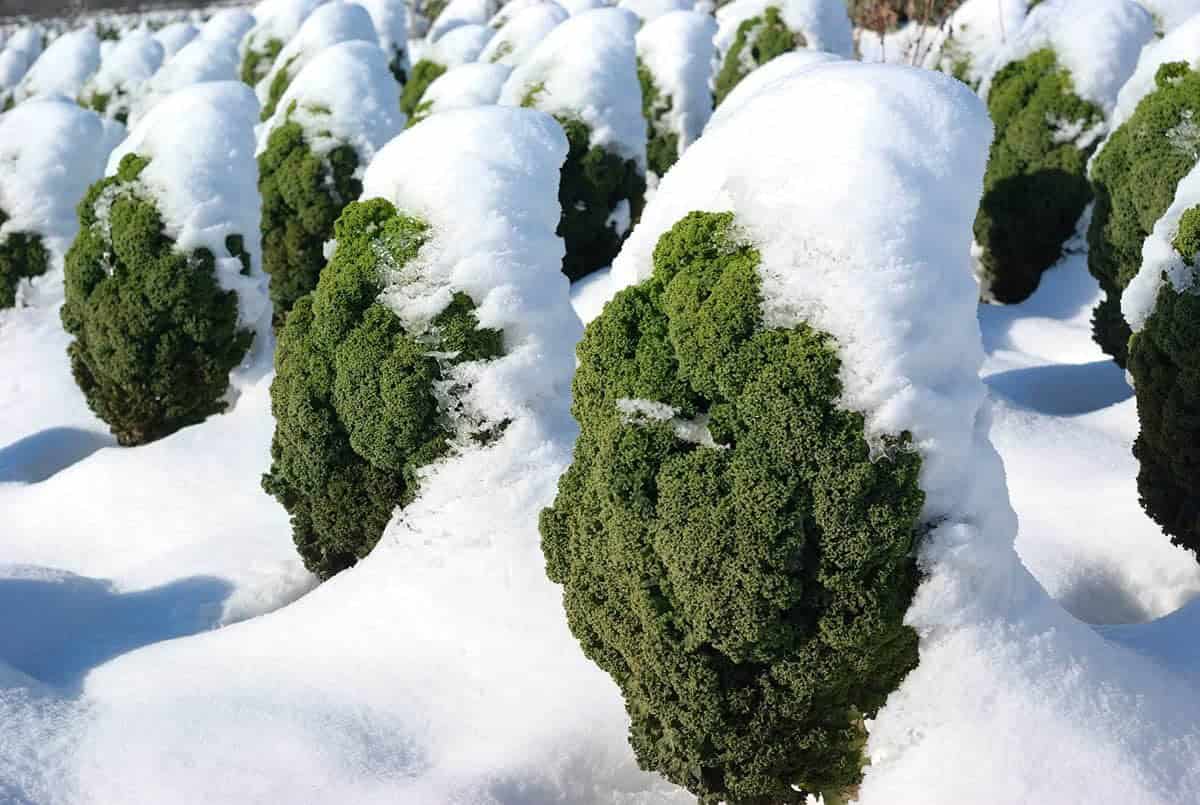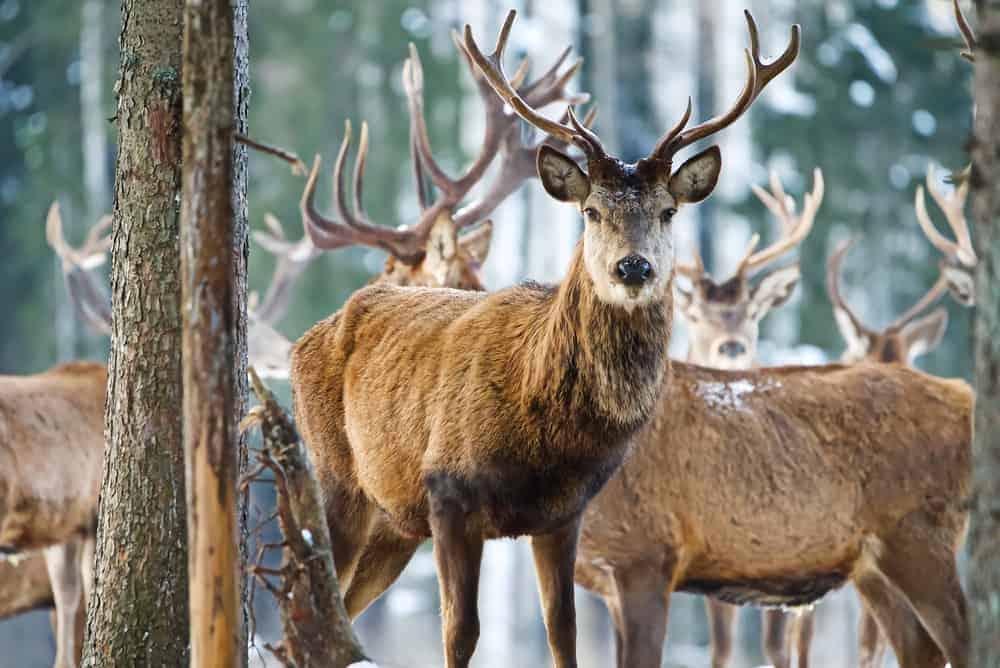Winter’s chill may have you feeling down, but for those who cherish gardening and the outdoors, there’s a silver lining. Amidst the cold, winter offers a unique opportunity to connect with nature, reflect on past seasons, and plan for new growth.
As you gaze out at the seemingly barren landscape, remember that beneath the surface, life is still thriving. Winter’s quiet beauty can be just as captivating as spring’s vibrant blooms or summer’s lush greenery.
Keeping a winter nature journal is an excellent way to channel your creativity, reflect on past experiences, and prepare for the seasons ahead. By embracing the beauty of winter, you’ll find yourself more engaged with the world around you.
Choosing a Winter Nature Journal
In a winter nature journal, the act of recording changes in the landscape, documenting new species encounters, and contemplating the world’s evolution becomes an intimate and introspective experience. This reflective practice is also an ideal space to chronicle goals, aspirations, and plans for the upcoming growing season. The journey begins by selecting the perfect journal, available online or in local stores, that suits your writing and artistic inclinations.
Some journals feature guided lines for writers, while others offer expansive blank pages for artistic expression. The versatility of these journals allows you to alternate between writing and drawing, or create a unique fusion of both. Additionally, some journals come equipped with thought-provoking prompts, whereas others leave the creative process entirely up to your imagination.
Choosing a Focus
Once you have your winter nature journal, it’s time to start filling it with observations and insights from the natural world around you. Start by brainstorming topics that you might not have time for or enjoy more in warmer months, such as learning about constellations or tracking the life cycles of specific tree species. You can also record information about the weather, noting when plants go dormant and re-emerge, and how changes in your local environment affect the animals that live there.
If you have horses, chickens, cattle, or goats, track their behavior, eating habits, and production levels. You might also want to note the recipes you’ve tried this year, as well as the health of your indoor plants. To encourage wildlife to visit your garden, keep a record of how your attempts at attracting them are working. Alternatively, simply draw or write about any interesting species that wander into your yard.
The beauty of nature journaling is that there are no strict rules – you can use separate journals for each topic or combine everything in one book. It’s up to you! To get started, consider the following specifics:
Observing the Winter Sky
Winter brings a unique set of opportunities for stargazers, photographers, and sketchers alike. The cold air helps to clarify the stars and planets in the sky, making it an ideal time to practice your night photography skills or capture the beauty of the celestial landscape on paper. The winter solstice, which typically falls around December 21st or 22nd, marks the lowest point in the sun’s journey across the sky, leaving you with ample dark hours to make the most of your observations.
Take note of the moon phases and track the paths where the sun rises and sets throughout the day. Additionally, winter is a prime time for spotting multiple meteor showers, including the Geminids, Ursids, and Quadrantis. As the evening draws to a close, cozy up by a warm fire with a hot drink in hand – the perfect way to cap off a winter’s night.
Monitor Your Houseplants and Indoor Crops
Winter may not be the most ideal time to venture out into nature, but that doesn’t mean you have to abandon your journaling habit altogether. One way to nature journal during this season is to focus on the plants and flowers already in your home. Take a walk around your house and select some specimens to sketch. You can observe the shape and texture of leaves, the color and pattern of flowers, or even note the way the soft winter light affects their appearance.
Take this opportunity to also document any changes you’ve observed in your houseplants over time. Make note of how much water they’re consuming, whether they’re blooming or not, and if you’re seeing any signs of pests or diseases. You can even start tracking when you begin seeds and how long it takes them to germinate. This information will be invaluable come next year’s planting season, allowing you to adjust your strategies accordingly.
If the weather is really too harsh for outdoor excursions, don’t worry – there are still plenty of other ways to keep your creative juices flowing. Grab some produce from your kitchen and set up a still-life arrangement. Use this as an opportunity to practice your drawing skills, and engage in some fun educational activities with your kids by examining different fruits and vegetables together.
Outdoor Plant Studies
While many plants may appear dormant during the winter months, this season still presents an opportunity for observation and artistic expression. Evergreens and seedheads offer a unique canvas for sketching and drawing. In particular, resilient plants like thistle, chicory, and burdock thrive in the harsher conditions of winter. When the weather permits, take a moment to step outside and record your observations in a journal.
You can also compare the distinct characteristics of different evergreen species, such as pine, fir, and spruce, which are often more easily identifiable during this time due to the presence of cones. As you explore the winter landscape, pay attention to other plants that are beginning to stir. Camellias may be just starting to bloom, while hellebores may be preparing to bud, and rhododendrons will likely soon put on a vibrant display.
Winter is an ideal time for honing your line drawing or charcoal skills, as the focus can shift from color to texture and composition. Alternatively, you can utilize evergreen branches as makeshift stamps, dipping them in paint and pressing them onto a page to create unique designs.
Record Winter Crops
Keeping a record of your winter crops can significantly impact their growth. Take note of when you plant each variety, as well as the harvest date and any notable events that may affect their development. This could include a sudden cold snap that takes its toll on your kale or the unusually high rainfall that’s making your chard thrive. Additionally, maintain records of temperature fluctuations, precipitation levels, and seasonal changes in sunlight patterns.
For example, what was once a sun-drenched area during summer may be entirely shaded during winter due to the changing sun path. Having this information on hand will allow you to make informed decisions about future plantings, maintenance tasks, and adjustments to your garden structures.
Watch Winter Animals
As winter sets in, certain animals adapt to the colder temperatures by slowing down their activities. Wood frogs, turtles, and other creatures burrow deep into the mud to hibernate, while bears, bats, chipmunks, and some birds also take a long winter’s nap. However, not all animals retreat from the cold. Many species remain active during this time, including deer, foxes, mice, red/gray squirrels, certain bird species, otters, beavers, weasels, rabbits, hares, skunks, and raccoons.
If you live near woodlands, parks, or forests, you have a unique opportunity to observe these winter wildlife wonders. Take note of their eating habits and how they store food for the long winter ahead. You might spot mice and squirrels scurrying around with nuts in tow. Record your observations by writing about watching a hawk hunt or a fox diving into the snow for a meal.
You don’t need to find animals actively foraging or playing, though.
Look for trails and sketch the prints left behind in the snow or mud. Alternatively, bring the wildlife to you by setting up a bird feeder near a window. Capture their details with a camera or phone and refer back to them as reference pictures.
Pets can also make excellent life models for drawing. If your willing pet will remain still for a bit, you can give it a go and try to capture the essence of your furry friend’s personality.
Take a Field Trip
Winter may bring chilly weather, but that shouldn’t deter you from embarking on a field trip to expand your nature journal. Look for local facilities offering heated rooms for sketching and writing. You can explore various indoor spaces during this time of year, including aquariums, natural history museums, zoos, indoor art exhibitions, and conservatories. Many of these destinations often provide family deals, allowing you to bring your entire family along or enjoy some solo time.
If the weather permits, consider a winter hike with a backpack full of blankets, food, and a sketchbook. Build a fire, observe nature’s daily activities, and practice drawing and writing as you take in the surrounding environment. A hand-drawn map is an excellent way to document your discoveries and reflect on your experiences.
Plan Ahead
While planning your upcoming gardening season may not be mandatory, it’s an excellent way to gain a competitive edge. Since the ground is often unforgiving during the winter months, taking advantage of this downtime allows you to prepare for a successful growing period.
Start by outlining when you intend to begin cultivating indoor crops and when you’ll transplant them outside.
Peruse seed catalogs, making mental notes of what varieties you’re interested in purchasing, where they’ll be planted, and when. Additionally, review your previous gardening journals to identify what worked well and what didn’t, allowing you to refine your strategies for the upcoming season.
Decorate Your Journal
When it comes to making a winter nature journal truly unique, decoration plays a crucial role. To make journaling a long-term habit, consider creating an index that highlights your progress from previous years. This allows you to note any changes or patterns that emerge over time. Additionally, you can add personal touches such as numbering pages for easy reference, binding the book with a ribbon for a polished finish, and adorning individual pages with stickers.
Alternatively, if your journal is more focused on recording and tracking data, a simple, unadorned design may be sufficient. The most important thing to remember is that there are no hard and fast rules – except perhaps the one of making it truly yours.









